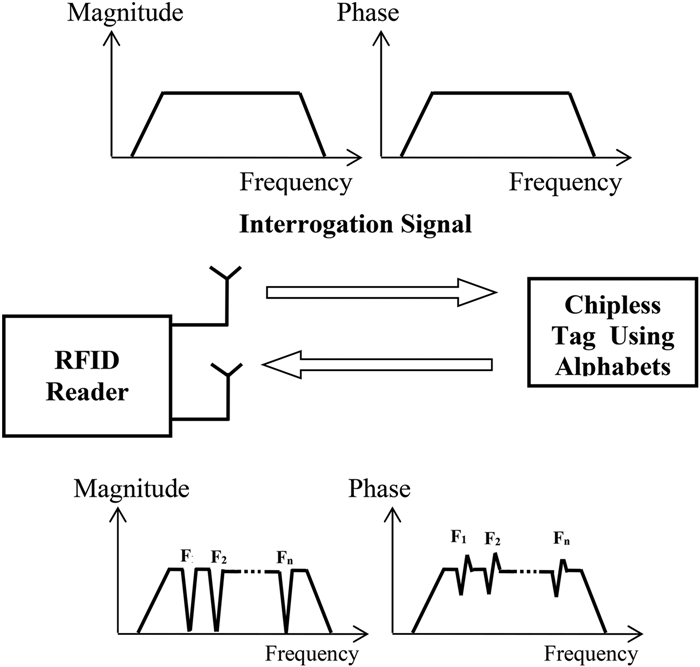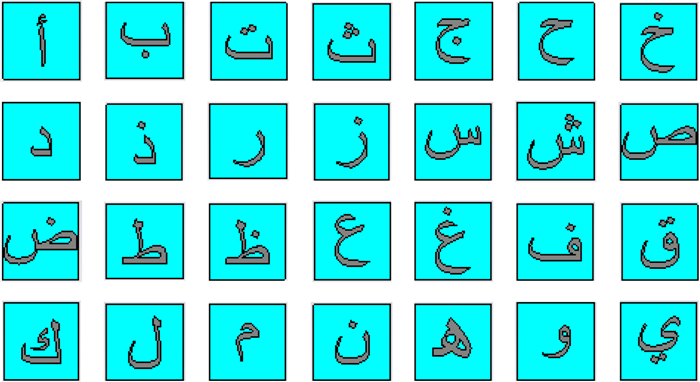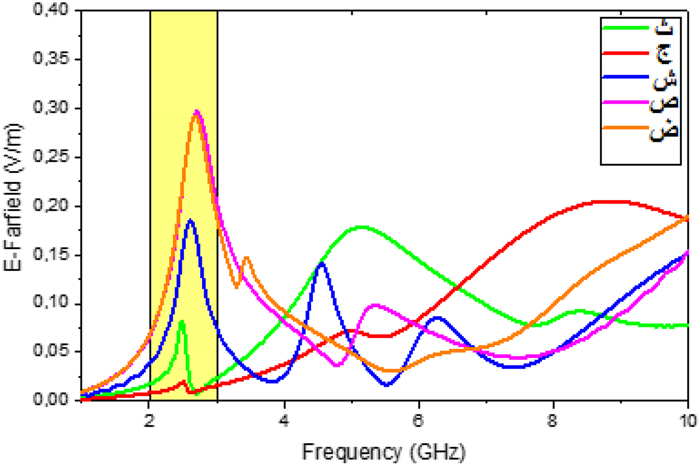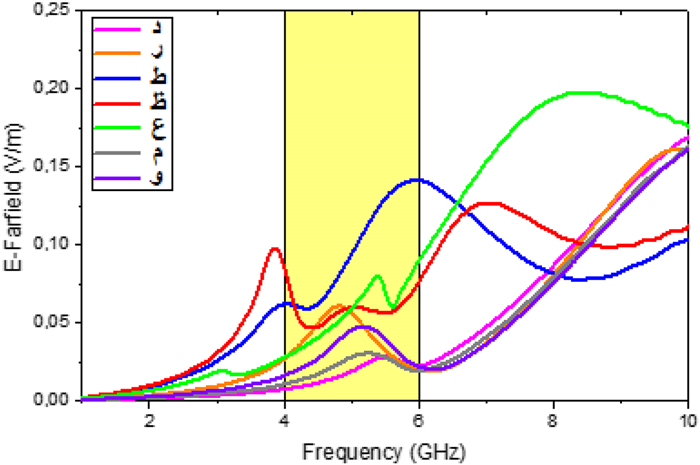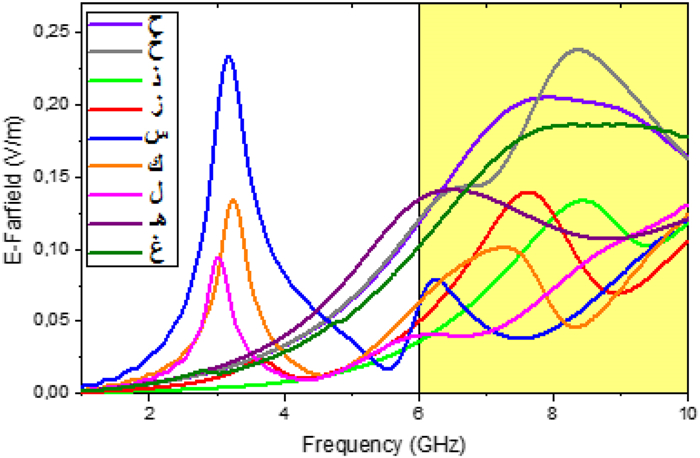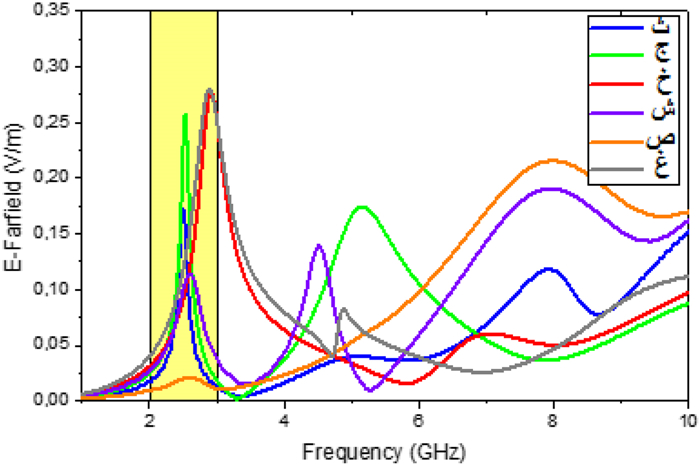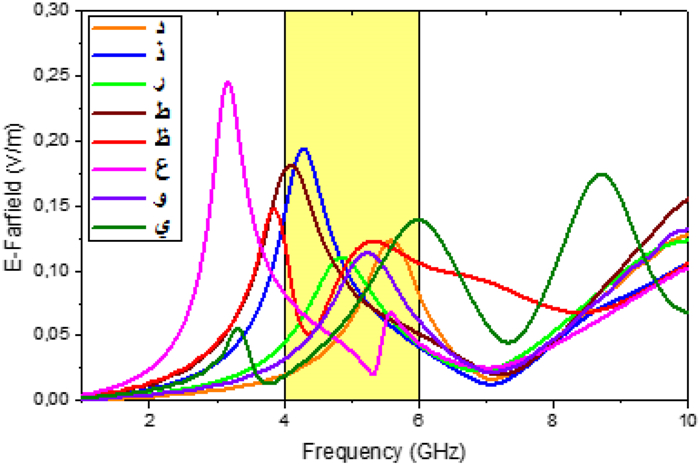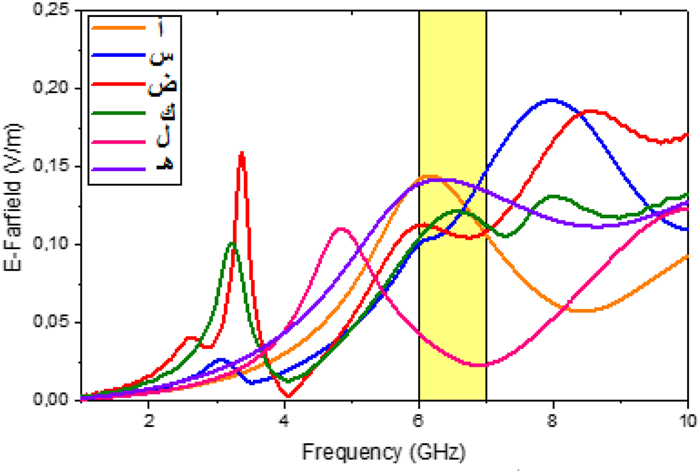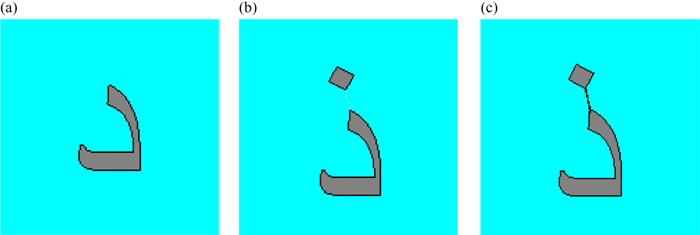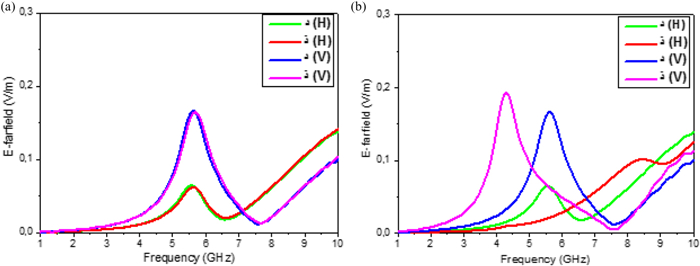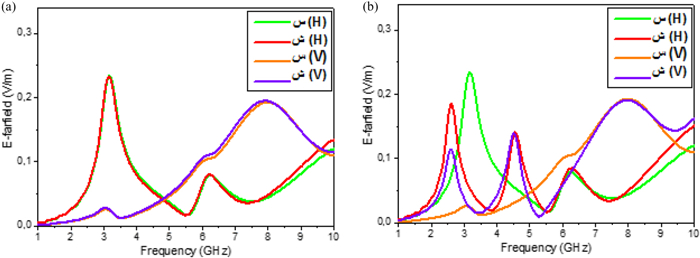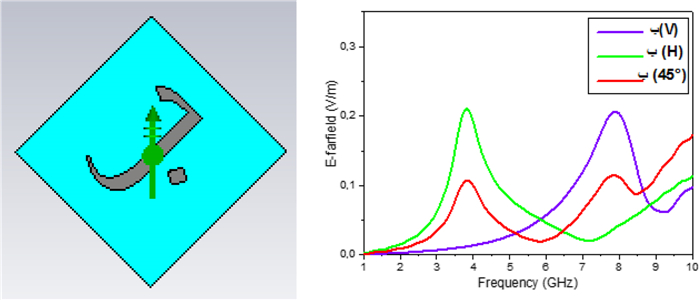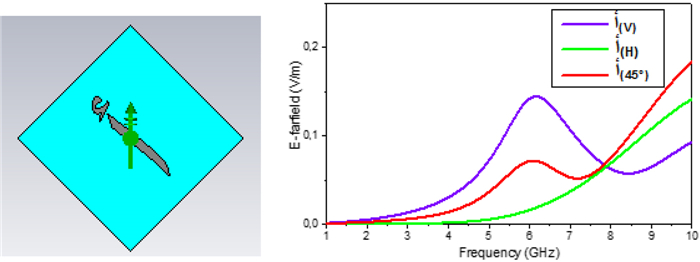Analysis of electromagnetic signature of Arabic alphabet as RF elementary coding particles
-
1.
Sys'Com, ENIT, University of Tunis El Manar, BP 37, Belvédère 1002 Tunis, Tunisia. Phone: +966564063863
-
2.
Electrical and Computer Engineering Department, Faculty of Engineering, King Abdulaziz University, P.O. Box 80204, Jeddah 21589, Saudi Arabia
-
3.
Universty Grenoble-Alpes, LCIS, Valence 26902, France
More Information
-
Author Bio:
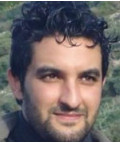 Oussama Boularess
Oussama Boularess received the Master degree in Electrical and Electronics from the University of Tunis El Manar, Faculty of Sciences, in 2013. He is currently working toward the Ph.D. degree in System Communication at the National Engineering School of Tunis (ENIT), University of Tunis El Manar. His areas of interests include chipless RFID design, ultra-wideband (UWB) antenna designs, UWB transceiver design for chipless RFID applications, and Passive RFID.
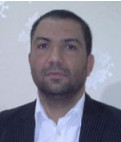 Hatem Rmili
Hatem Rmili was born in Sakiet Sidi Youssef, Tunisia. He received the B.S. degree in general physics from the Science Faculty of Monastir, Tunisia in 1995, and the DEA diploma from the Science Faculty of Tunis, Tunisia, in quantum mechanics, in 1999. He received the Ph.D. degree in Physics (electronics) both from the University of Tunis, Tunisia, and the University of Bordeaux 1, France, in 2004. From December 2004 to March, 2005, he was a research assistant in the PIOM laboratory at the University of Bordeaux 1. During March 2005 to March 2007, he was a Postdoctoral Fellow at the Rennes Institute of Electronics and Telecommunications, France. From March to September 2007, he was a Postdoctoral Fellow at the ESEO engineering school, Angers, France. From September 2007 to August 2012, he was an associate professor with the Mahdia Institute of Applied Science and Technology, Department of Electronics and Telecommunications, Tunisia. Actually, he is an Associate Professor with the Electrical and Computer Engineering Department, Faculty of Engineering, King Abdulaziz University, Jeddah, Saudi Arabia. His main research activities concern antennas, metamaterials, and metasurfaces.
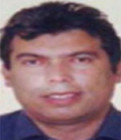 Taoufik Aguili
Taoufik Aguili received his Engineering degree in Electrical Engineering and his Ph.D. degree in Telecommunications from INSA, France. He is working as a Professor at the National Engineering School of Tunis (ENIT). His research activities include electromagnetic microwave circuits modeling and analysis of scattering and propagation phenomena in free space.
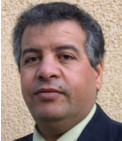 Smail Tedjini
Smail Tedjini is a Doctor in Physics from Grenoble University in 1985, an Assistant Professor of Grenoble Institute of Technology (Grenoble-INP) from 1981 to 1986, and a Senior Researcher for the CNRS (Research French National Center) from 1986 to 1993. He became a University Full Professor in 1993 and since 1996 he has been a Professor at the Esisar, Embedded Systems, Department of Grenoble-INP. His main teaching topics concern Applied Electromagnetism, Radio Frequency, Wireless Systems, and Optoelectronics. Now he has more than 30 years' experience in academic education, research, and management of university affairs. He is the founder and past Director of the LCIS Laboratory. He is the founder of ORSYS group and he leaded this group from 2008 to 2014. He supervised more than 35 Ph.D. and he has more than 250 publications. He serves as Examiner/reviewer for ten Ph.D. degrees for universities in many countries (France, Germany, Finland, Spain, Ireland, Italy, Sweden, Vietnam, Australia, Singapore, India, Brazil, Egypt, Maghreb, etc.). He is the member of several TPC and serves as expert/reviewer for national and international scientific committees and conferences including journals such as Piers, IEEE (MTT, AP, Sensors, and MGWL), URSI, ISO, ANR, OSEO, and FNQRT. He is a Senior Member of IEEE, President and founder of the IEEE-CPMT French Chapter, Vice-President of IEEE Section France, and elected as the Vice-Chair of URSI Commission D 'Electronics & Photonics' in 2008. He was reelected as Vice-Chair of IEEE-France-section and he is serving as the Chair of URSI Commission 'D' for the triennium 2011–2014, in particular the preparation on the General Assembly and Scientific Symposium which was held in Beijing, August 2014
-
Corresponding author:
H. Rmili Email: hmrmili@kau.edu.sa
-
Abstract
This paper discusses the electromagnetic (EM) signature of Arabic alphabets that can be considered as standards particles to form chipless tags. Normalized Arial font is suited as example but the method can be applied for any other font. The letters are realized by metallic strips or better, by conductive ink. All the 28 letters have been simulated and their EM signatures for both field polarizations are extracted. It is demonstrated that combining vertical and horizontal responses allow the identification of letters without ambiguity. Moreover, the case of letter with punctuation (one to three points) is considered in more details. Indeed, we propose to modify very slightly these letters by connecting the points to the body of the letters. This connection is made by a unique straight and very thin strip. Under this modification these letters exhibit more exploitable signatures. Finally, a lookup table for identification of the 28 letters is carried out.
-
About this article
Cite this article
Boularess O, Rmili H, Aguili T, Tedjini S. 2015. Analysis of electromagnetic signature of Arabic alphabet as RF elementary coding particles. Wireless Power Transfer 2(2): 97–106 doi: 10.1017/wpt.2015.16
|
Boularess O, Rmili H, Aguili T, Tedjini S. 2015. Analysis of electromagnetic signature of Arabic alphabet as RF elementary coding particles. Wireless Power Transfer 2(2): 97–106 doi: 10.1017/wpt.2015.16
|









 Oussama Boularess received the Master degree in Electrical and Electronics from the University of Tunis El Manar, Faculty of Sciences, in 2013. He is currently working toward the Ph.D. degree in System Communication at the National Engineering School of Tunis (ENIT), University of Tunis El Manar. His areas of interests include chipless RFID design, ultra-wideband (UWB) antenna designs, UWB transceiver design for chipless RFID applications, and Passive RFID.
Oussama Boularess received the Master degree in Electrical and Electronics from the University of Tunis El Manar, Faculty of Sciences, in 2013. He is currently working toward the Ph.D. degree in System Communication at the National Engineering School of Tunis (ENIT), University of Tunis El Manar. His areas of interests include chipless RFID design, ultra-wideband (UWB) antenna designs, UWB transceiver design for chipless RFID applications, and Passive RFID.  Hatem Rmili was born in Sakiet Sidi Youssef, Tunisia. He received the B.S. degree in general physics from the Science Faculty of Monastir, Tunisia in 1995, and the DEA diploma from the Science Faculty of Tunis, Tunisia, in quantum mechanics, in 1999. He received the Ph.D. degree in Physics (electronics) both from the University of Tunis, Tunisia, and the University of Bordeaux 1, France, in 2004. From December 2004 to March, 2005, he was a research assistant in the PIOM laboratory at the University of Bordeaux 1. During March 2005 to March 2007, he was a Postdoctoral Fellow at the Rennes Institute of Electronics and Telecommunications, France. From March to September 2007, he was a Postdoctoral Fellow at the ESEO engineering school, Angers, France. From September 2007 to August 2012, he was an associate professor with the Mahdia Institute of Applied Science and Technology, Department of Electronics and Telecommunications, Tunisia. Actually, he is an Associate Professor with the Electrical and Computer Engineering Department, Faculty of Engineering, King Abdulaziz University, Jeddah, Saudi Arabia. His main research activities concern antennas, metamaterials, and metasurfaces.
Hatem Rmili was born in Sakiet Sidi Youssef, Tunisia. He received the B.S. degree in general physics from the Science Faculty of Monastir, Tunisia in 1995, and the DEA diploma from the Science Faculty of Tunis, Tunisia, in quantum mechanics, in 1999. He received the Ph.D. degree in Physics (electronics) both from the University of Tunis, Tunisia, and the University of Bordeaux 1, France, in 2004. From December 2004 to March, 2005, he was a research assistant in the PIOM laboratory at the University of Bordeaux 1. During March 2005 to March 2007, he was a Postdoctoral Fellow at the Rennes Institute of Electronics and Telecommunications, France. From March to September 2007, he was a Postdoctoral Fellow at the ESEO engineering school, Angers, France. From September 2007 to August 2012, he was an associate professor with the Mahdia Institute of Applied Science and Technology, Department of Electronics and Telecommunications, Tunisia. Actually, he is an Associate Professor with the Electrical and Computer Engineering Department, Faculty of Engineering, King Abdulaziz University, Jeddah, Saudi Arabia. His main research activities concern antennas, metamaterials, and metasurfaces.  Taoufik Aguili received his Engineering degree in Electrical Engineering and his Ph.D. degree in Telecommunications from INSA, France. He is working as a Professor at the National Engineering School of Tunis (ENIT). His research activities include electromagnetic microwave circuits modeling and analysis of scattering and propagation phenomena in free space.
Taoufik Aguili received his Engineering degree in Electrical Engineering and his Ph.D. degree in Telecommunications from INSA, France. He is working as a Professor at the National Engineering School of Tunis (ENIT). His research activities include electromagnetic microwave circuits modeling and analysis of scattering and propagation phenomena in free space.  Smail Tedjini is a Doctor in Physics from Grenoble University in 1985, an Assistant Professor of Grenoble Institute of Technology (Grenoble-INP) from 1981 to 1986, and a Senior Researcher for the CNRS (Research French National Center) from 1986 to 1993. He became a University Full Professor in 1993 and since 1996 he has been a Professor at the Esisar, Embedded Systems, Department of Grenoble-INP. His main teaching topics concern Applied Electromagnetism, Radio Frequency, Wireless Systems, and Optoelectronics. Now he has more than 30 years' experience in academic education, research, and management of university affairs. He is the founder and past Director of the LCIS Laboratory. He is the founder of ORSYS group and he leaded this group from 2008 to 2014. He supervised more than 35 Ph.D. and he has more than 250 publications. He serves as Examiner/reviewer for ten Ph.D. degrees for universities in many countries (France, Germany, Finland, Spain, Ireland, Italy, Sweden, Vietnam, Australia, Singapore, India, Brazil, Egypt, Maghreb, etc.). He is the member of several TPC and serves as expert/reviewer for national and international scientific committees and conferences including journals such as Piers, IEEE (MTT, AP, Sensors, and MGWL), URSI, ISO, ANR, OSEO, and FNQRT. He is a Senior Member of IEEE, President and founder of the IEEE-CPMT French Chapter, Vice-President of IEEE Section France, and elected as the Vice-Chair of URSI Commission D 'Electronics & Photonics' in 2008. He was reelected as Vice-Chair of IEEE-France-section and he is serving as the Chair of URSI Commission 'D' for the triennium 2011–2014, in particular the preparation on the General Assembly and Scientific Symposium which was held in Beijing, August 2014
Smail Tedjini is a Doctor in Physics from Grenoble University in 1985, an Assistant Professor of Grenoble Institute of Technology (Grenoble-INP) from 1981 to 1986, and a Senior Researcher for the CNRS (Research French National Center) from 1986 to 1993. He became a University Full Professor in 1993 and since 1996 he has been a Professor at the Esisar, Embedded Systems, Department of Grenoble-INP. His main teaching topics concern Applied Electromagnetism, Radio Frequency, Wireless Systems, and Optoelectronics. Now he has more than 30 years' experience in academic education, research, and management of university affairs. He is the founder and past Director of the LCIS Laboratory. He is the founder of ORSYS group and he leaded this group from 2008 to 2014. He supervised more than 35 Ph.D. and he has more than 250 publications. He serves as Examiner/reviewer for ten Ph.D. degrees for universities in many countries (France, Germany, Finland, Spain, Ireland, Italy, Sweden, Vietnam, Australia, Singapore, India, Brazil, Egypt, Maghreb, etc.). He is the member of several TPC and serves as expert/reviewer for national and international scientific committees and conferences including journals such as Piers, IEEE (MTT, AP, Sensors, and MGWL), URSI, ISO, ANR, OSEO, and FNQRT. He is a Senior Member of IEEE, President and founder of the IEEE-CPMT French Chapter, Vice-President of IEEE Section France, and elected as the Vice-Chair of URSI Commission D 'Electronics & Photonics' in 2008. He was reelected as Vice-Chair of IEEE-France-section and he is serving as the Chair of URSI Commission 'D' for the triennium 2011–2014, in particular the preparation on the General Assembly and Scientific Symposium which was held in Beijing, August 2014 



